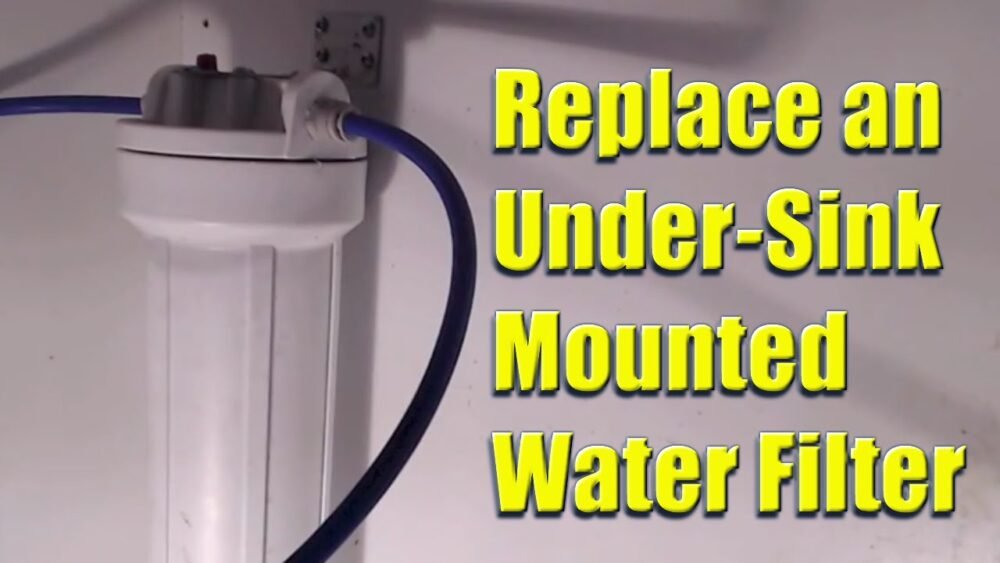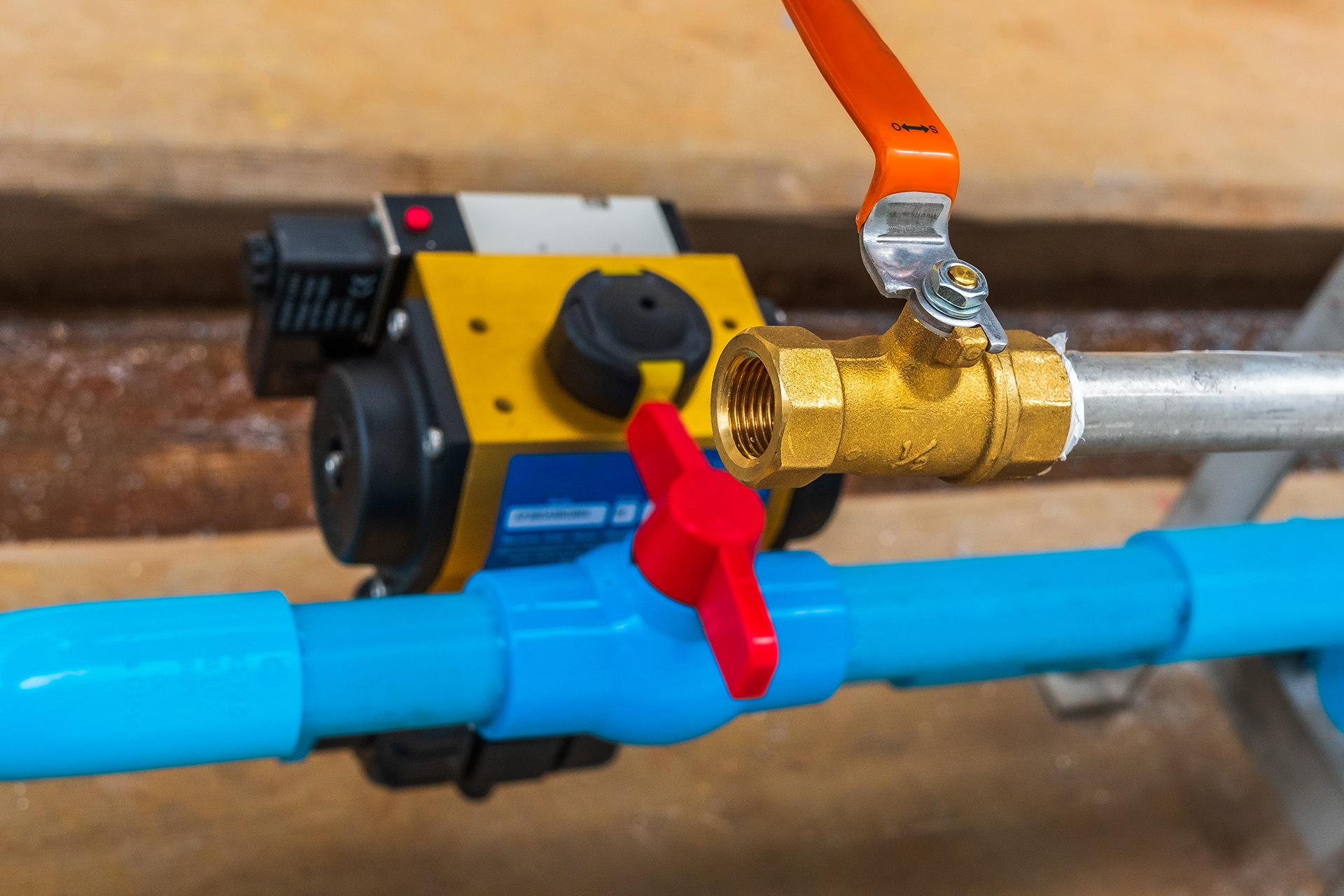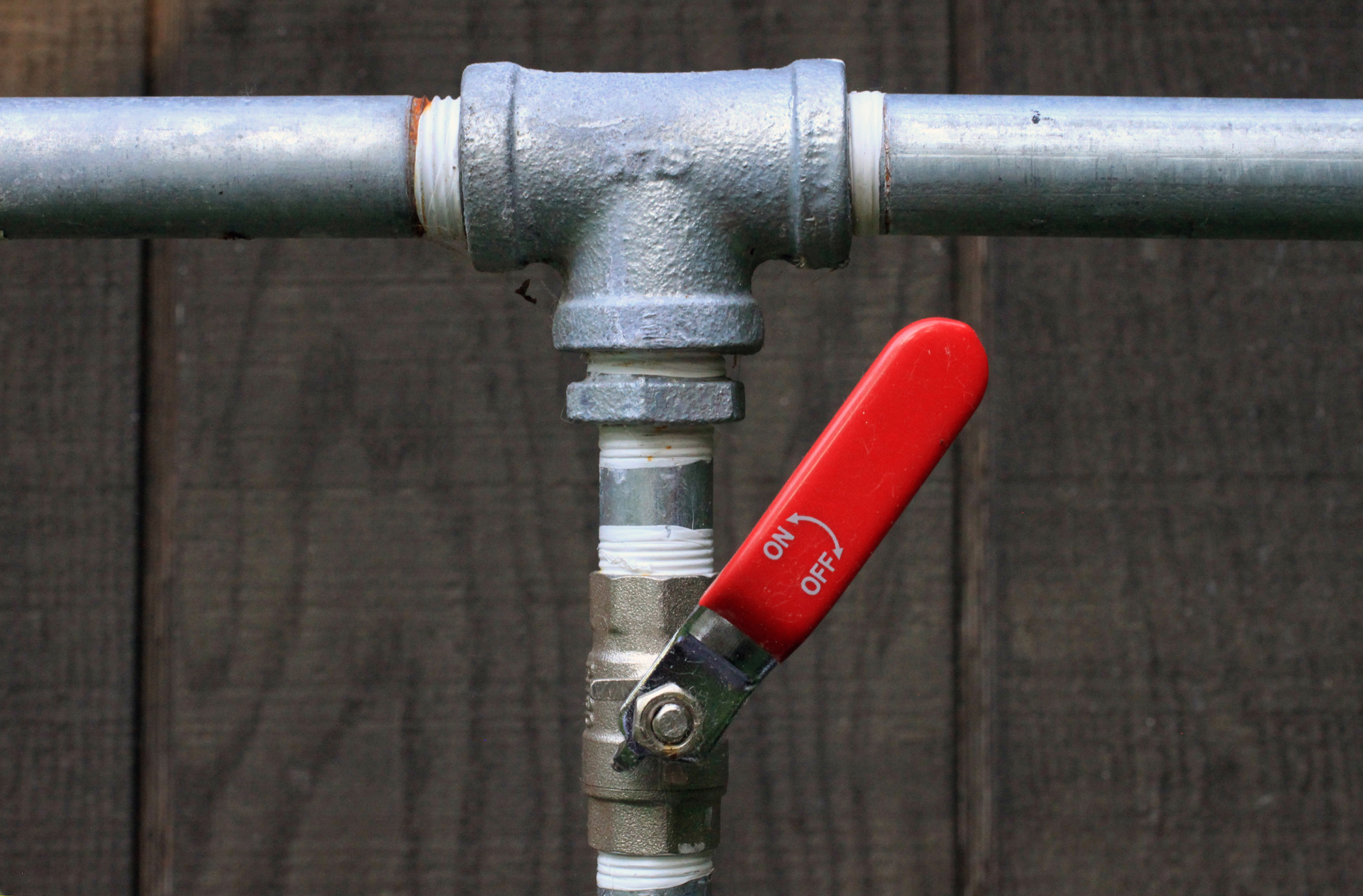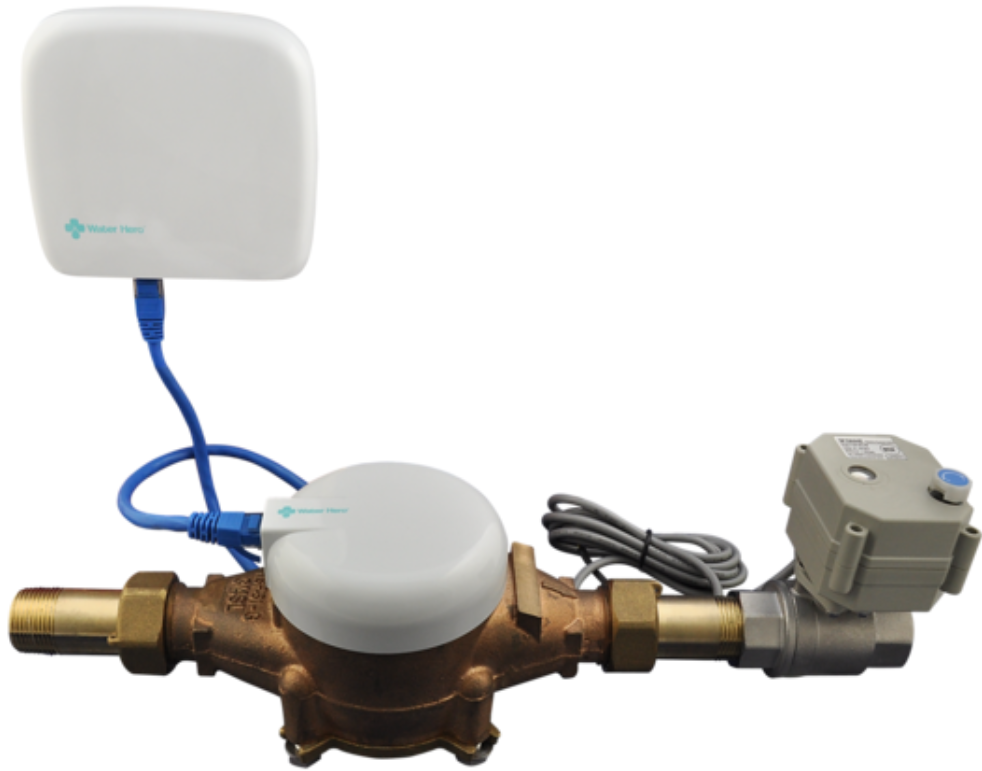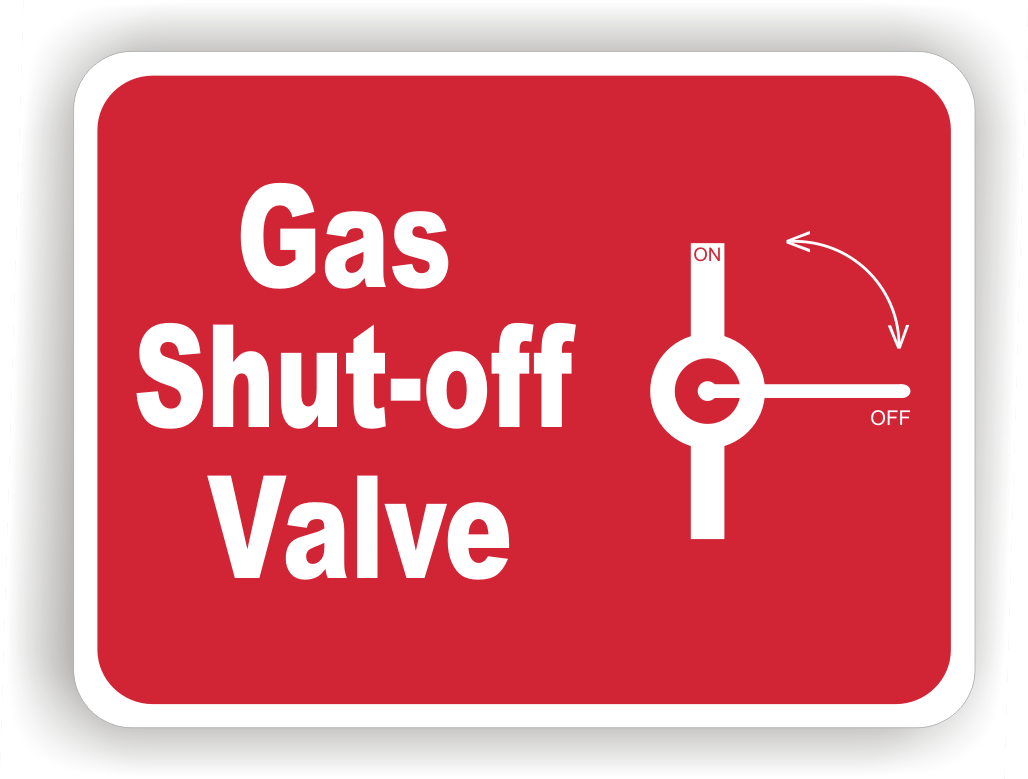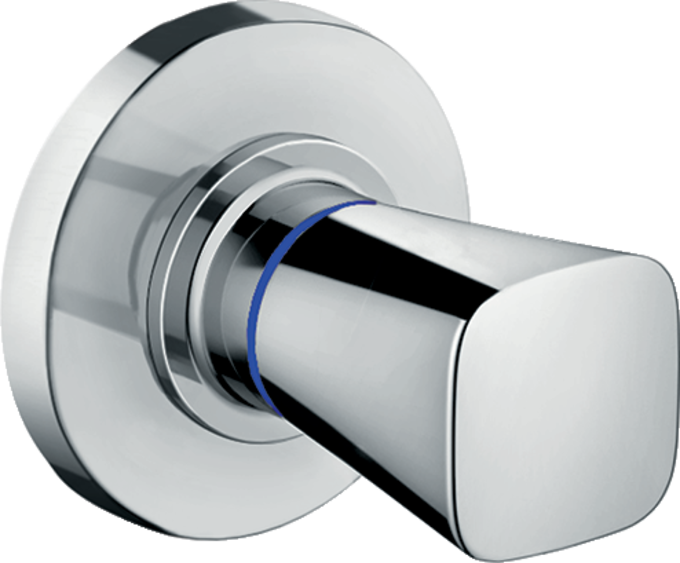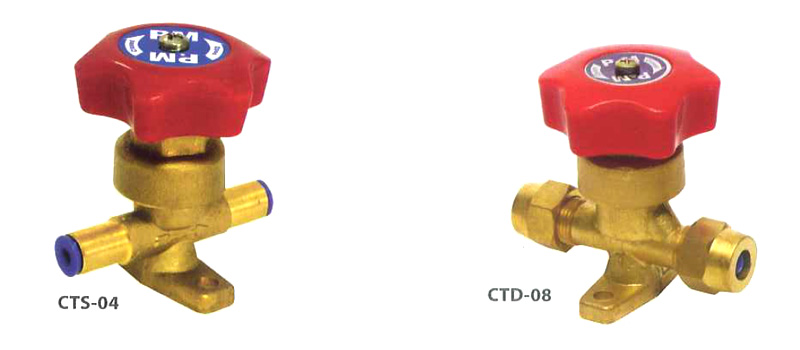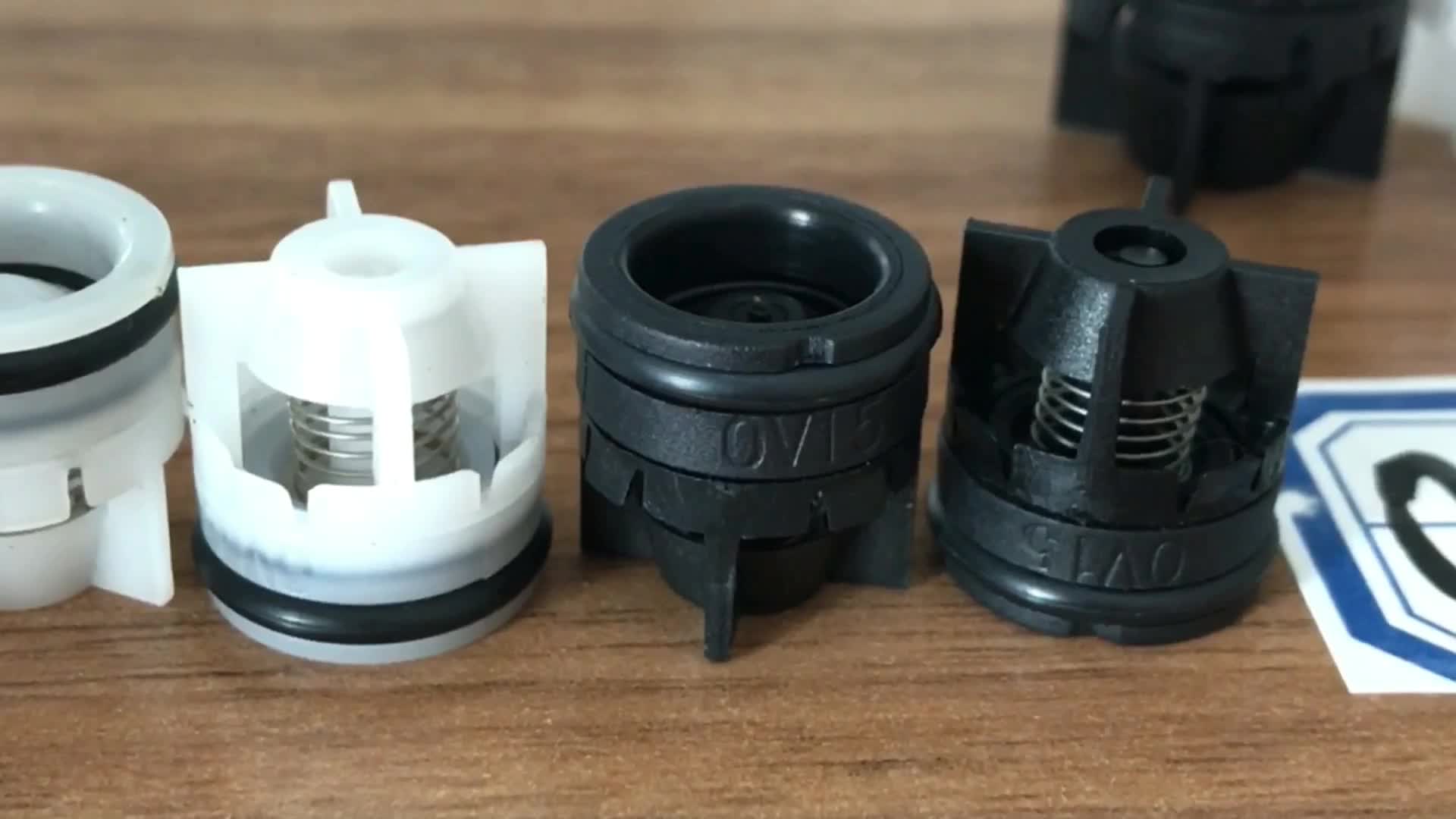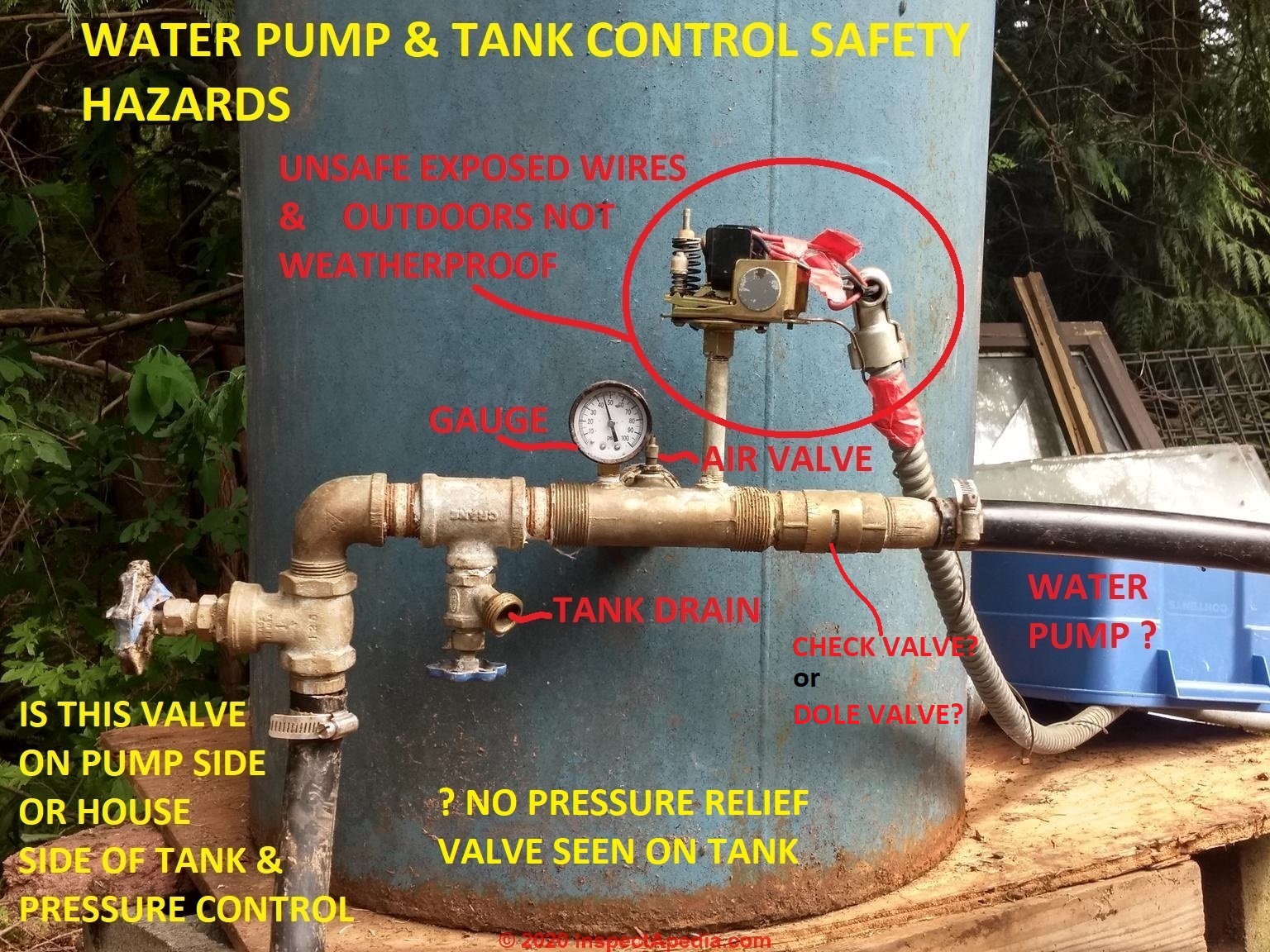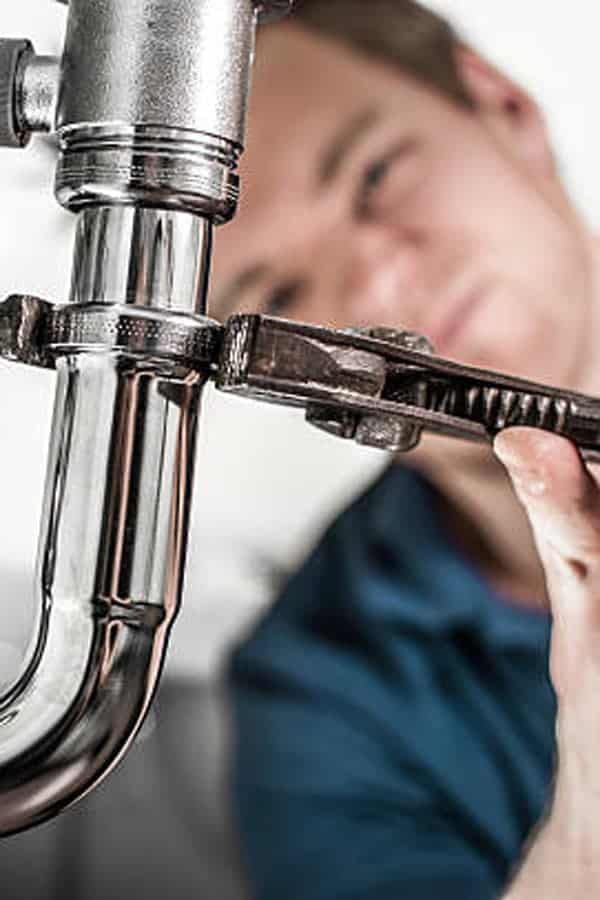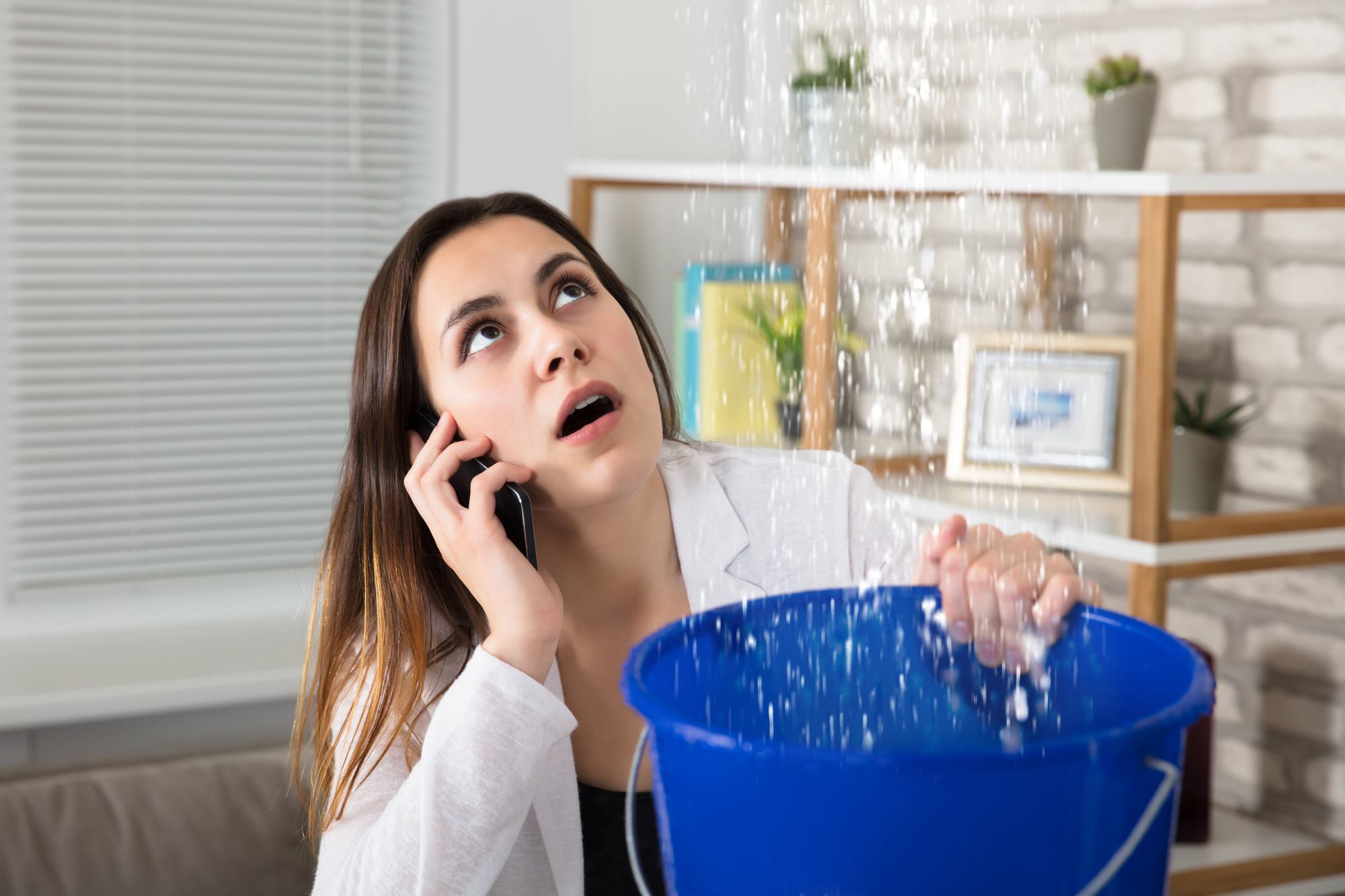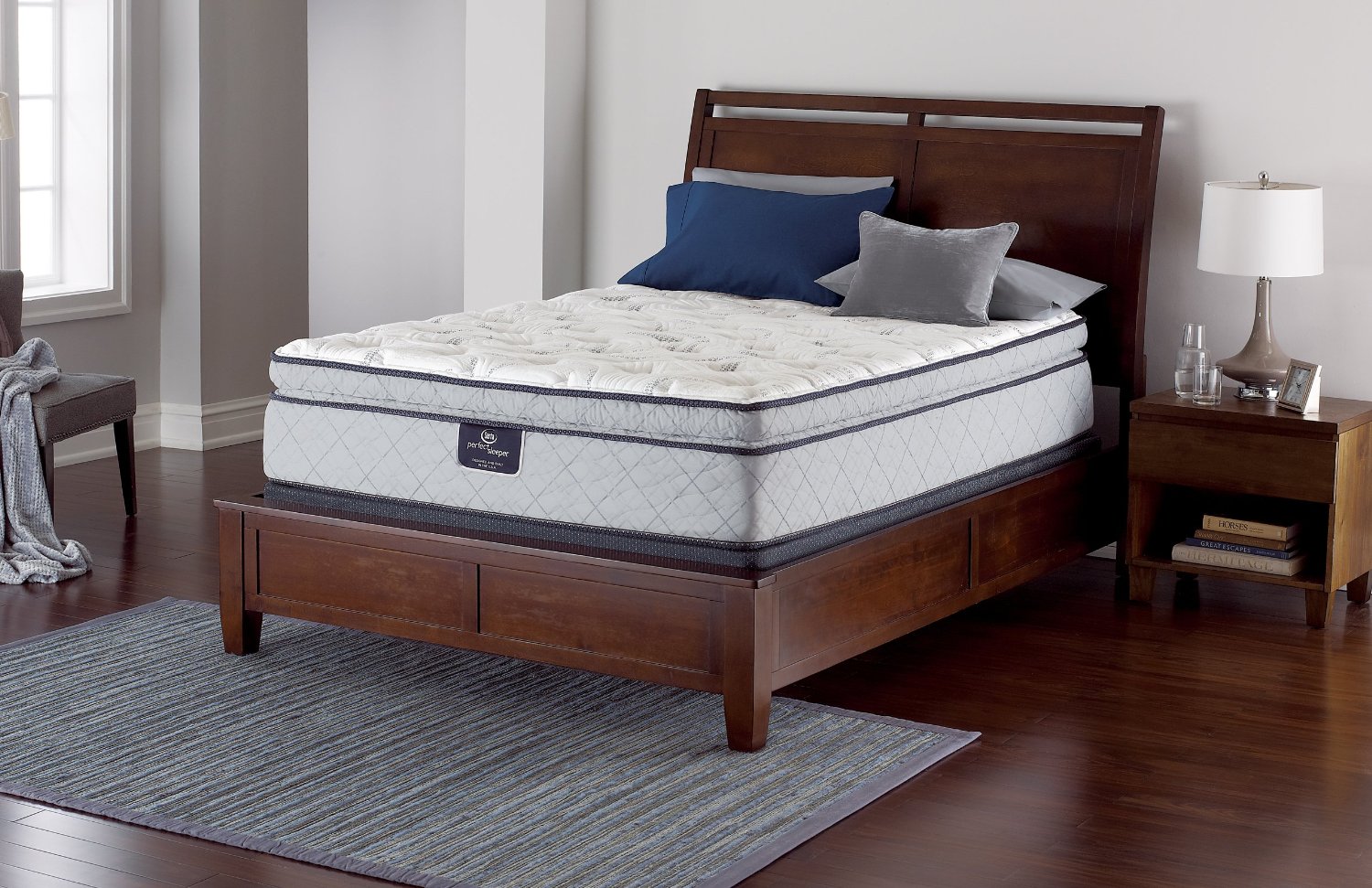If you're experiencing no water pressure to your kitchen sink, the first thing you should check is the water supply valve. This valve controls the flow of water into your home and may have been accidentally turned off or partially closed. Make sure the valve is fully open and try running the water again. If this doesn't solve the issue, there may be another underlying problem.Check the water supply valve
The aerator is a small mesh screen at the end of your faucet that helps regulate the flow of water and prevent splashing. Over time, it can become clogged with mineral deposits or debris, causing a decrease in water pressure. You can easily remove the aerator and clean it with a mixture of vinegar and water to remove any buildup. If the problem persists, it may be time to replace the aerator.Check the aerator
The water pressure regulator is a device that controls the water pressure in your home. If it is not functioning properly, it can lead to low water pressure in your kitchen sink. You can check the pressure by attaching a pressure gauge to an outdoor faucet. If the pressure is below 40-45 psi, you may need to adjust or replace the regulator.Check the water pressure regulator
Clogs in your pipes can also cause a decrease in water pressure. To check for clogs, turn off the water supply to your kitchen sink and remove the faucet handles. Then, use a plumbing snake or a wire coat hanger to clear out any debris or buildup in the pipes. If you're unable to remove the clog yourself, it's best to call a professional plumber.Check for clogs in the pipes
The faucet cartridge is a valve inside the faucet that controls the flow of water. If it becomes damaged or worn out, it can cause a decrease in water pressure. You can try cleaning or replacing the cartridge to see if it solves the problem. If not, it may be time to replace the entire faucet.Check the faucet cartridge
Leaks in your pipes can also lead to low water pressure. Check the pipes under your sink for any visible leaks and repair or replace them as needed. If you suspect a hidden leak, you may need to call a plumber to locate and fix the issue.Check for leaks in the pipes
If your kitchen sink has a water filter, it may be the cause of your low water pressure. Over time, the filter can become clogged with sediment and debris, restricting the flow of water. Make sure to replace your filter regularly to avoid this issue.Check the water filter
The shut-off valve is a valve located under your sink that controls the flow of water to your kitchen sink. If it is partially closed or not functioning properly, it can lead to low water pressure. Make sure the valve is fully open and functioning correctly.Check the shut-off valve
If you have a well system, your water pump may be the cause of low water pressure. Check the pump and make sure it is functioning properly. If not, you may need to call a professional to repair or replace the pump.Check the water pump
If you've gone through these steps and are still experiencing no water pressure to your kitchen sink, it's best to call a professional plumber for assistance. They will be able to identify and fix any underlying issues that may be causing the problem. In conclusion, no water pressure to your kitchen sink can be frustrating and inconvenient. By following these steps and properly maintaining your plumbing system, you can ensure proper water pressure and avoid any future issues. Remember to always consult a professional if you're unsure or unable to fix the problem yourself.Call a plumber for professional assistance
No Water Pressure to Kitchen Sink: Causes and Solutions

Introduction
 Having no water pressure to your kitchen sink can be both frustrating and inconvenient. It can disrupt daily activities such as cooking, cleaning, and even simple tasks like washing your hands. This issue can be caused by a number of factors, from clogged pipes to problems with the water supply. In this article, we will explore the main
causes
of no water pressure to the kitchen sink and provide
solutions
to help you resolve the problem.
Having no water pressure to your kitchen sink can be both frustrating and inconvenient. It can disrupt daily activities such as cooking, cleaning, and even simple tasks like washing your hands. This issue can be caused by a number of factors, from clogged pipes to problems with the water supply. In this article, we will explore the main
causes
of no water pressure to the kitchen sink and provide
solutions
to help you resolve the problem.
Clogged Pipes
 One of the most common causes of no water pressure to the kitchen sink is clogged pipes. Over time, debris, grease, and other materials can build up in the pipes, restricting the flow of water. This can lead to low or no water pressure in your kitchen sink. To
diagnose
if this is the issue, turn on the water in other areas of your home. If you have normal water pressure in other faucets, then the problem is likely in the kitchen sink pipes. To
resolve
this issue, you can try using a plunger or a plumbing snake to clear the clog. If this does not work, it is best to call a professional plumber for assistance.
One of the most common causes of no water pressure to the kitchen sink is clogged pipes. Over time, debris, grease, and other materials can build up in the pipes, restricting the flow of water. This can lead to low or no water pressure in your kitchen sink. To
diagnose
if this is the issue, turn on the water in other areas of your home. If you have normal water pressure in other faucets, then the problem is likely in the kitchen sink pipes. To
resolve
this issue, you can try using a plunger or a plumbing snake to clear the clog. If this does not work, it is best to call a professional plumber for assistance.
Water Supply Issues
 Another common cause of no water pressure to the kitchen sink is problems with the water supply. This can be due to a
leak
in the main water line, a
broken
water pump, or a
shut-off
valve that has been accidentally closed. Check your main water valve to make sure it is fully open and check for any visible leaks in the main water line. If you are unable to
locate
the issue, it is best to call your water company or a professional plumber for assistance.
Another common cause of no water pressure to the kitchen sink is problems with the water supply. This can be due to a
leak
in the main water line, a
broken
water pump, or a
shut-off
valve that has been accidentally closed. Check your main water valve to make sure it is fully open and check for any visible leaks in the main water line. If you are unable to
locate
the issue, it is best to call your water company or a professional plumber for assistance.
Old or Faulty Faucet
In Conclusion
 No water pressure to the kitchen sink can be a frustrating and disruptive issue, but it is important to address it as soon as possible. By
identifying
the cause of the problem and implementing the appropriate solutions, you can restore normal water pressure and continue with your daily tasks. If you are unsure of how to address the issue or are unable to resolve it on your own, do not hesitate to seek the help of a professional plumber.
No water pressure to the kitchen sink can be a frustrating and disruptive issue, but it is important to address it as soon as possible. By
identifying
the cause of the problem and implementing the appropriate solutions, you can restore normal water pressure and continue with your daily tasks. If you are unsure of how to address the issue or are unable to resolve it on your own, do not hesitate to seek the help of a professional plumber.
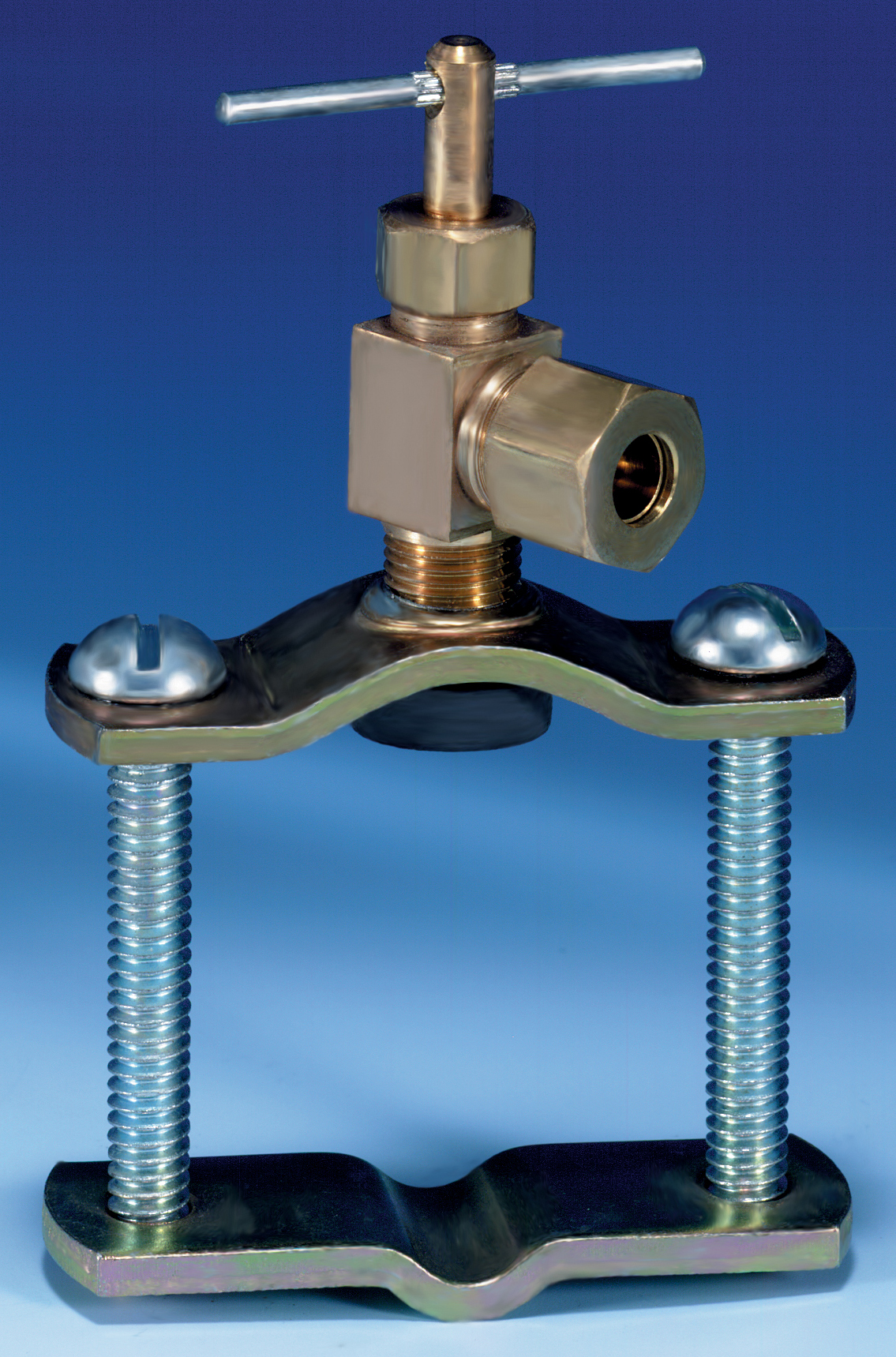






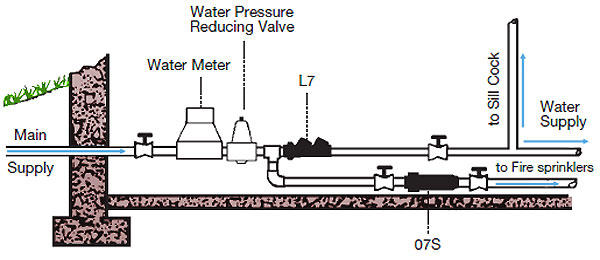




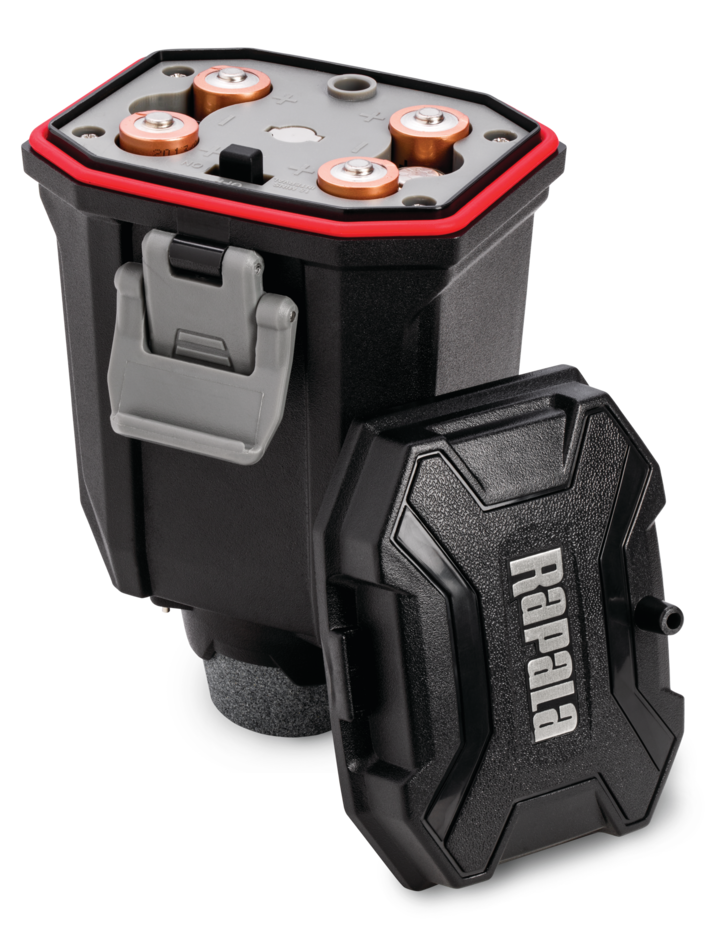







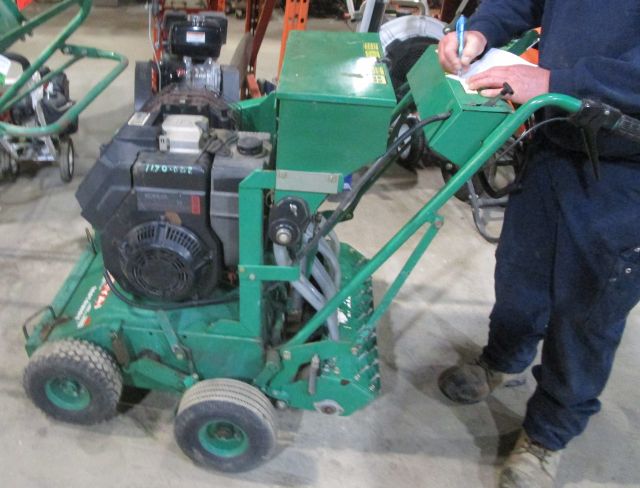
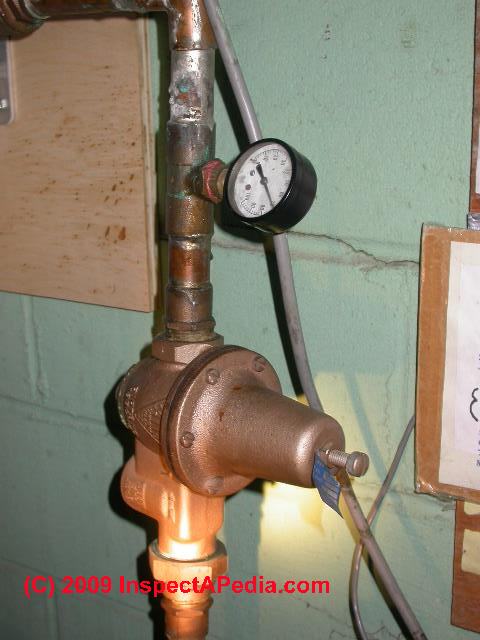
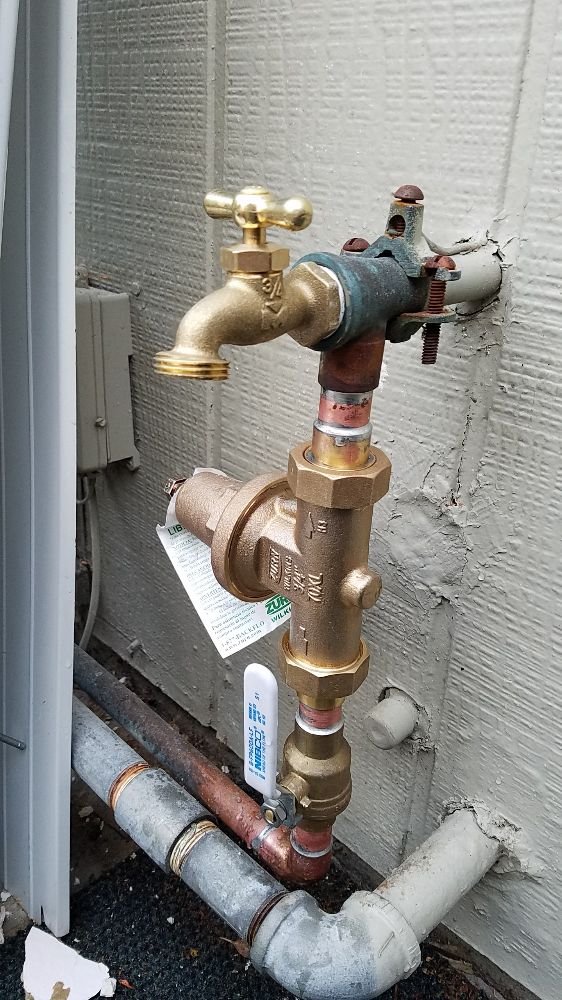
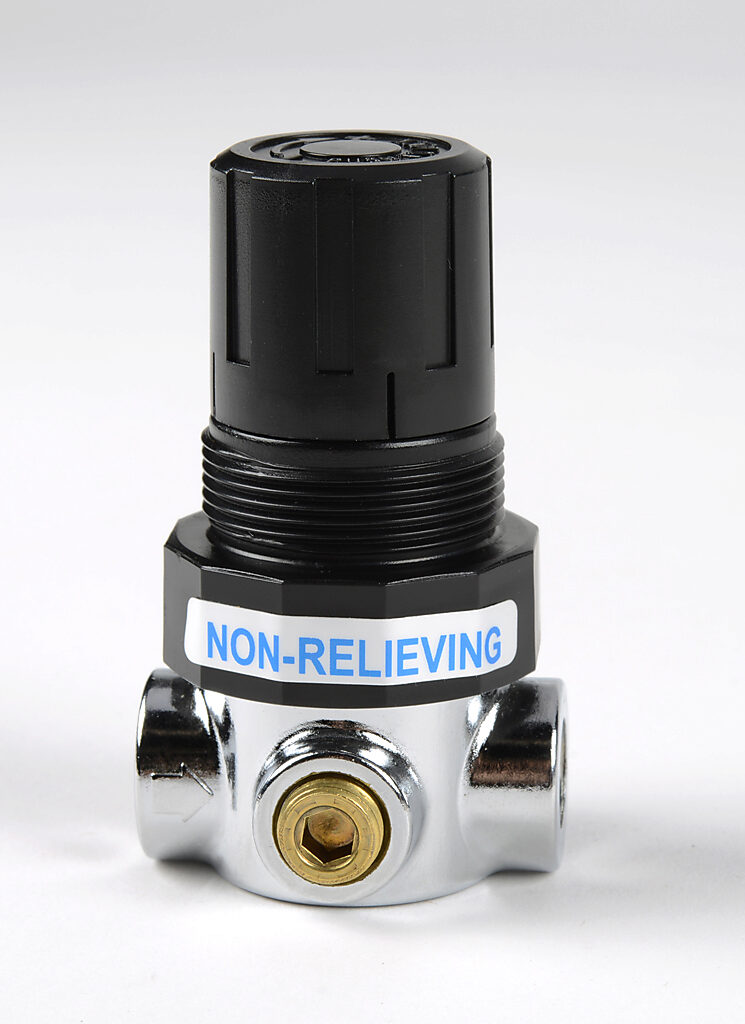
:max_bytes(150000):strip_icc()/the-men-s-hand-opens-the-ball-valve-on-the-collector-1006810456-5c5fc73fc9e77c000159c4af.jpg)






:max_bytes(150000):strip_icc()/testing-water-pressure-in-your-home-2718692-04-c37ab3236d0d4b61b87079ebf9ef823e.jpg)

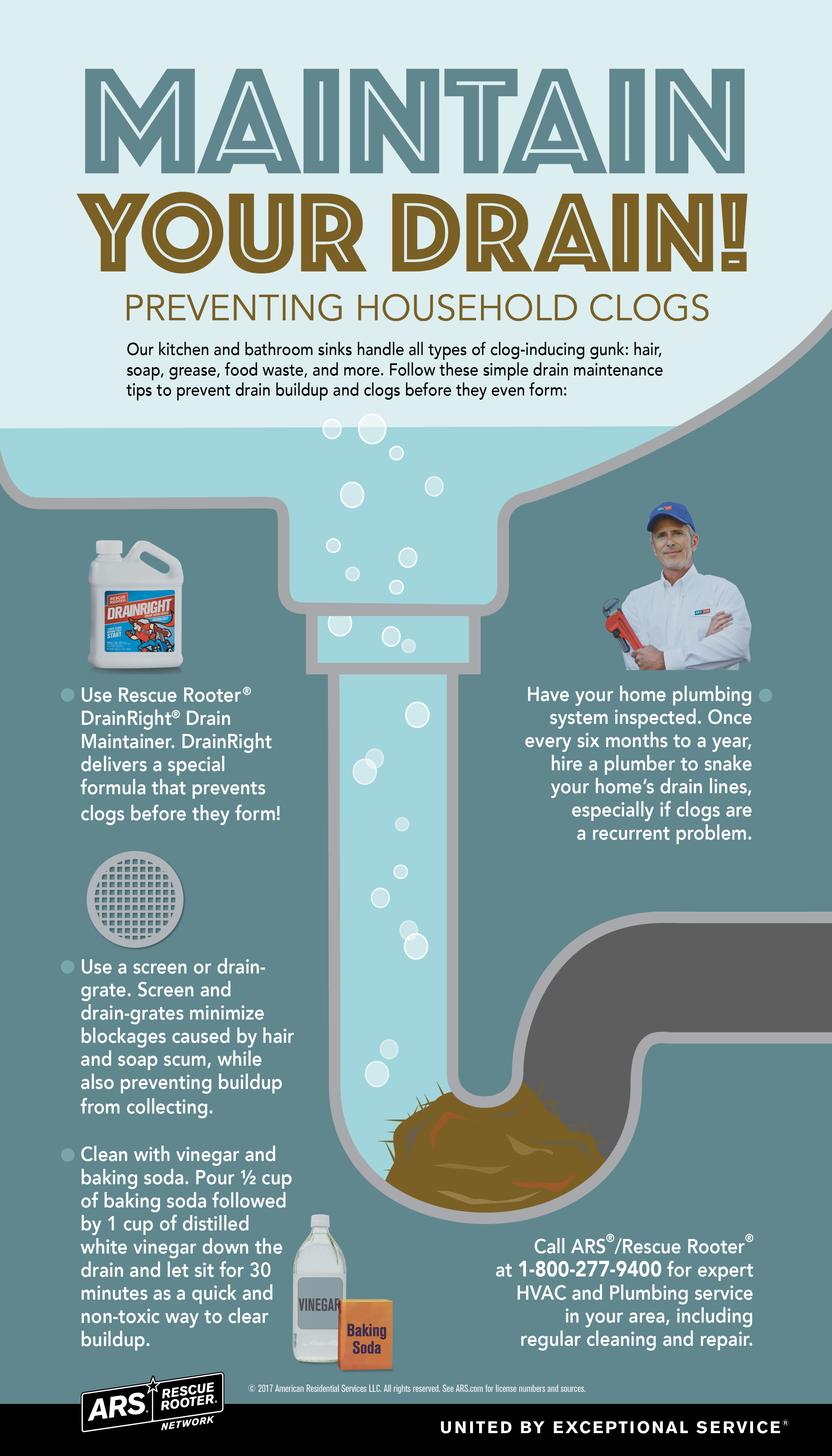
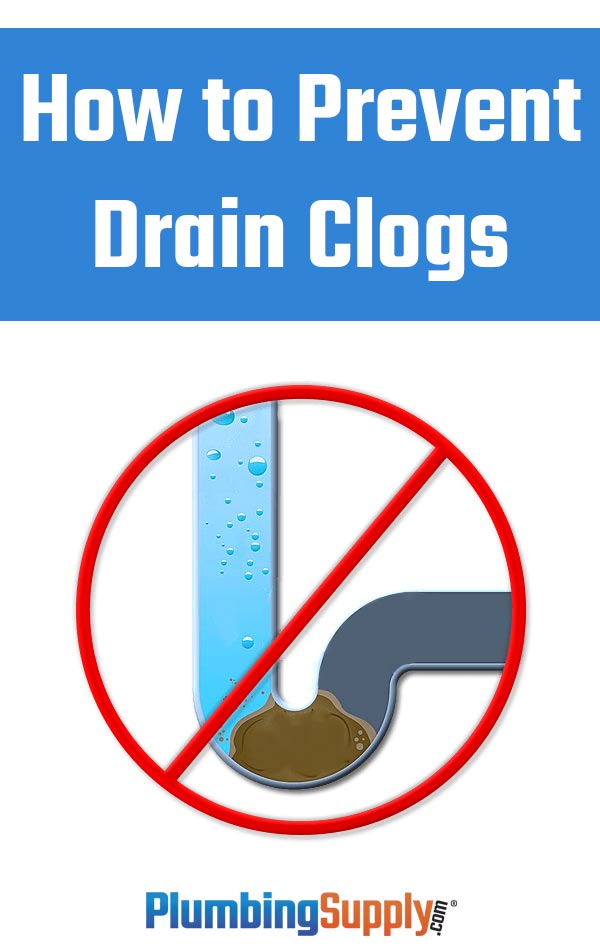








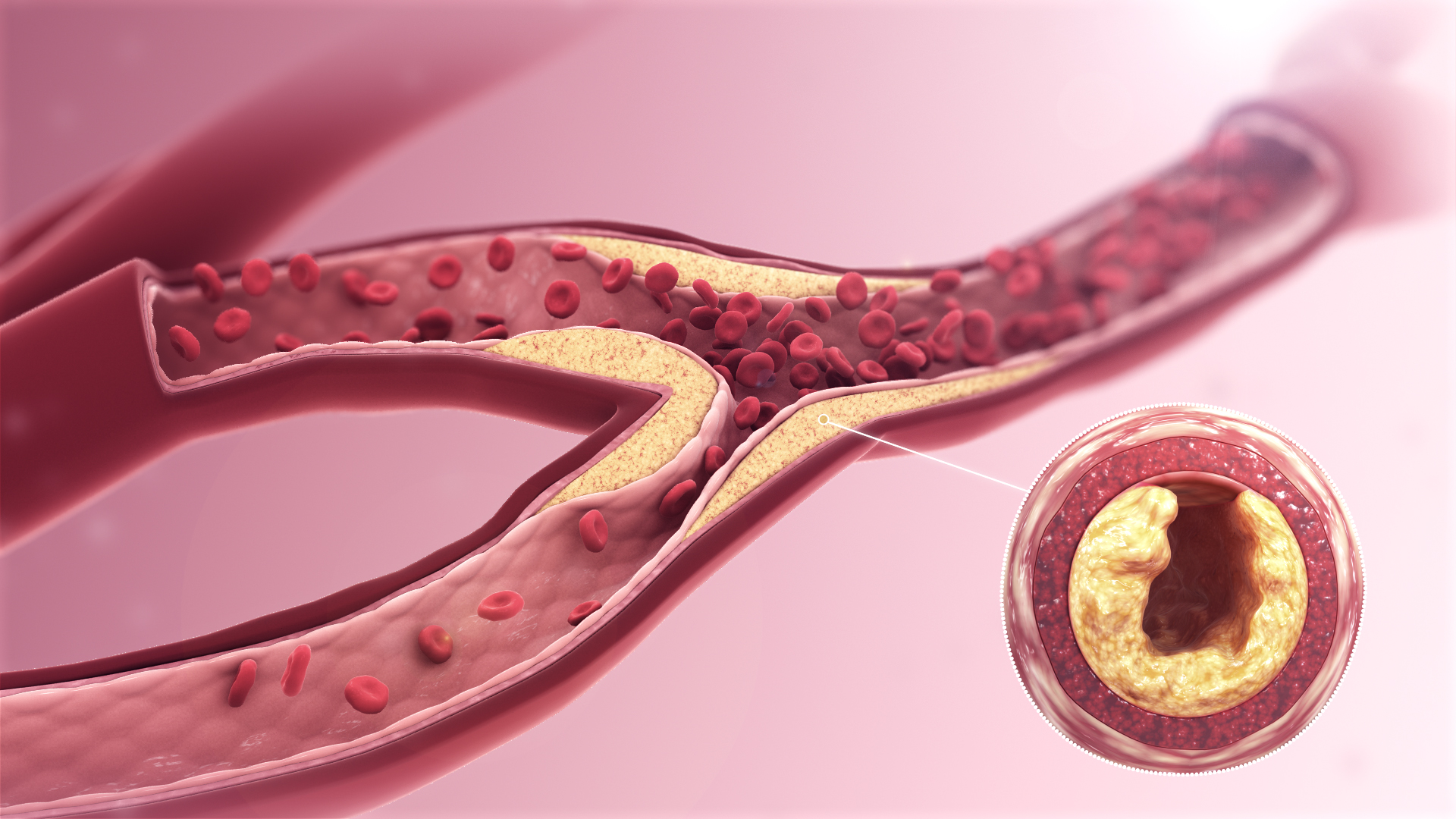


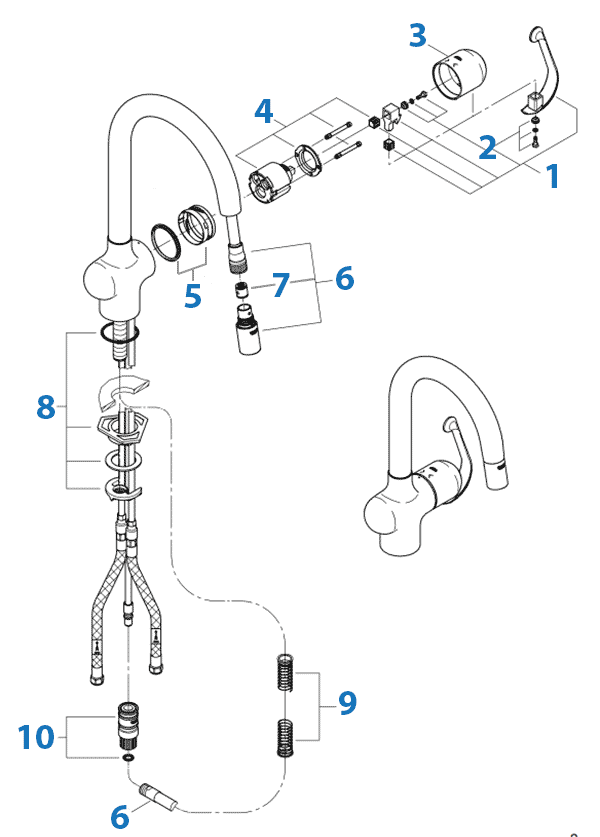




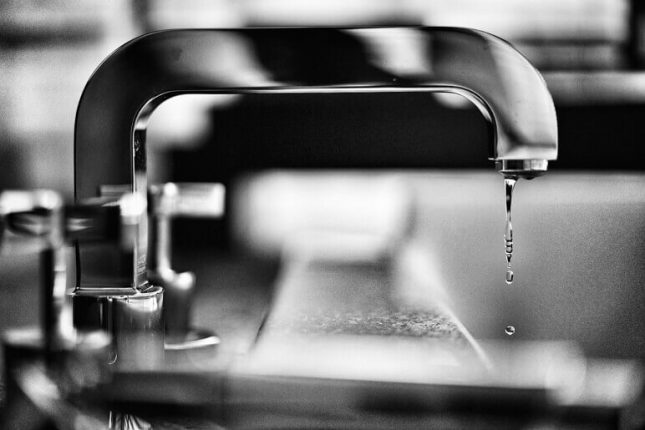





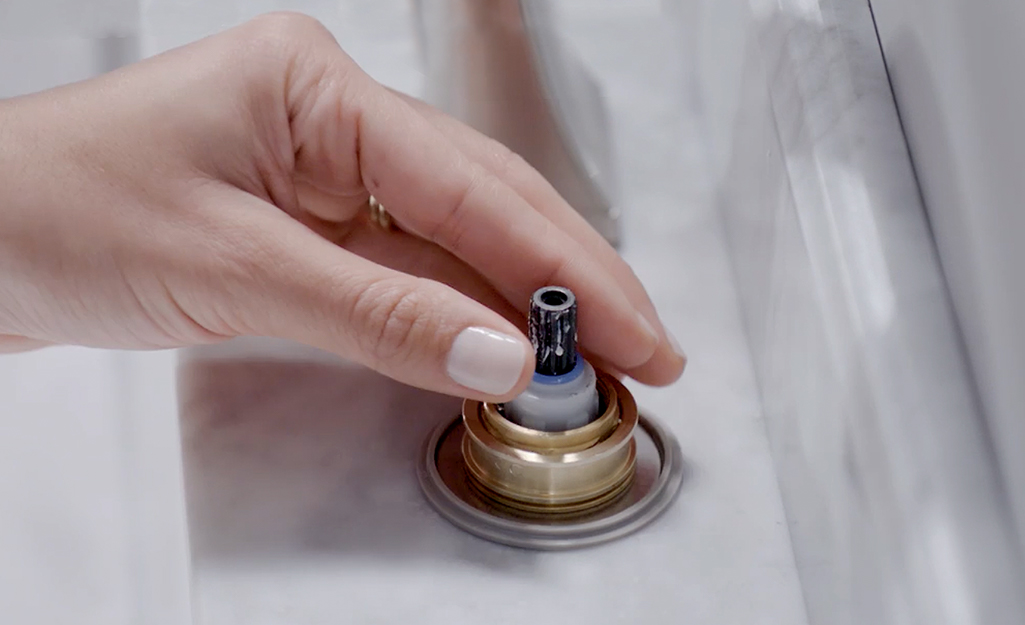




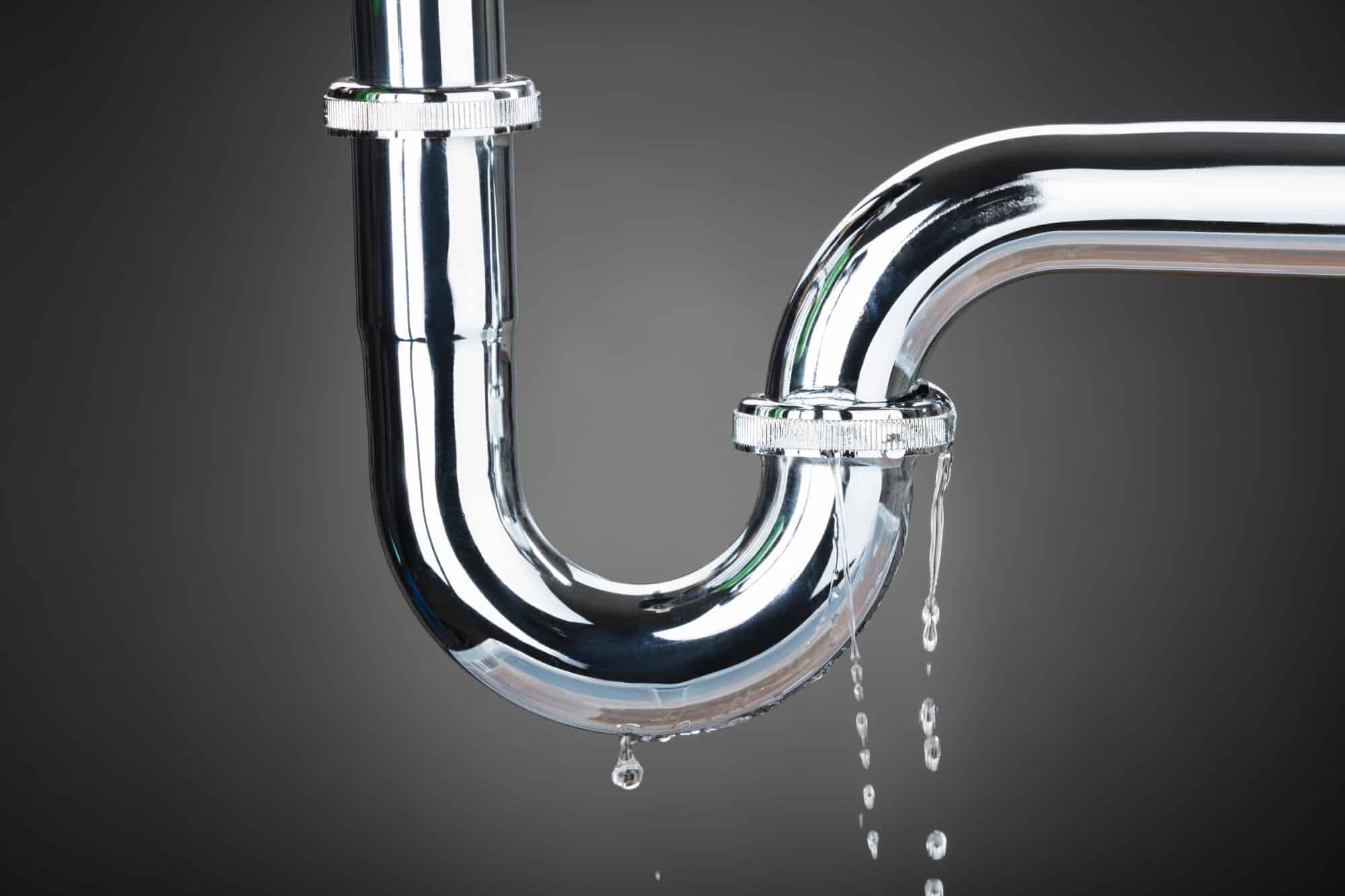
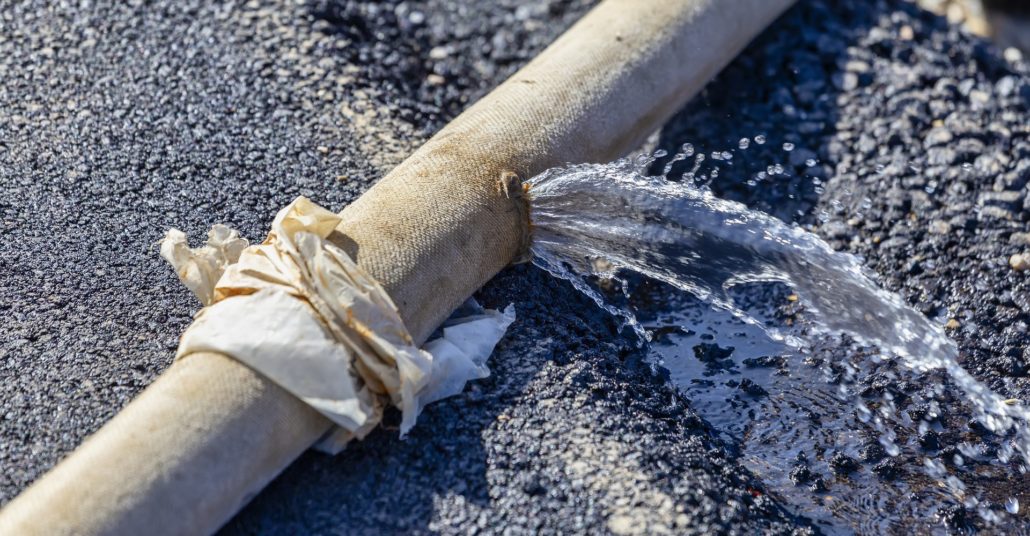
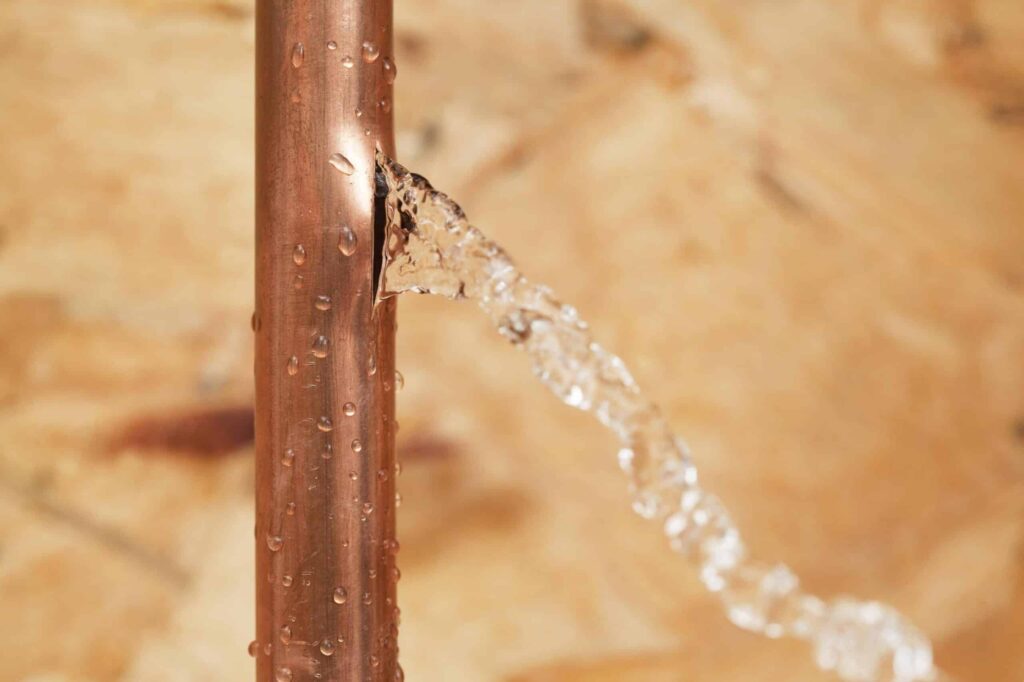


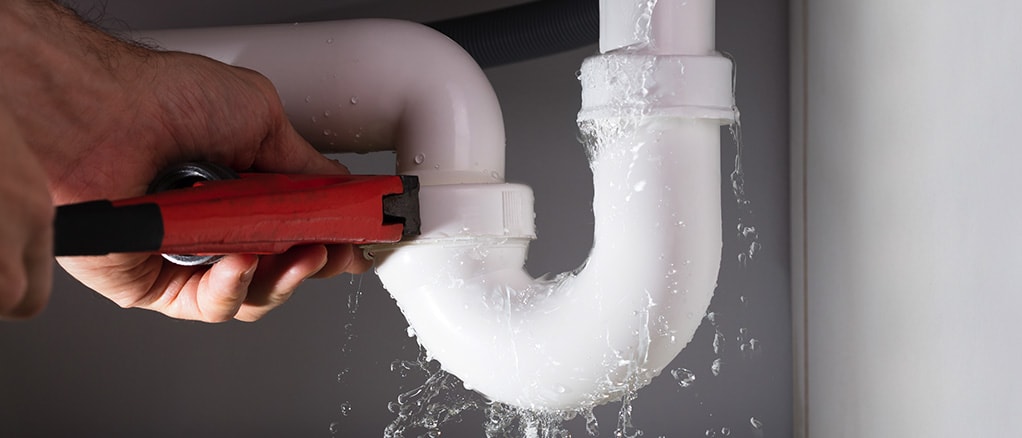
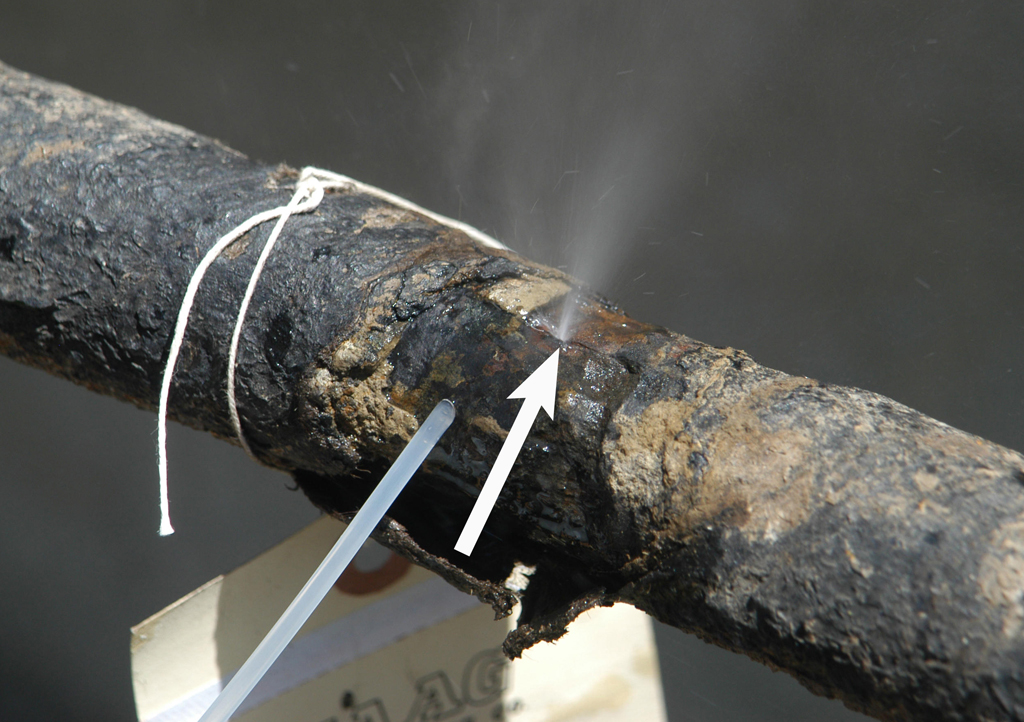
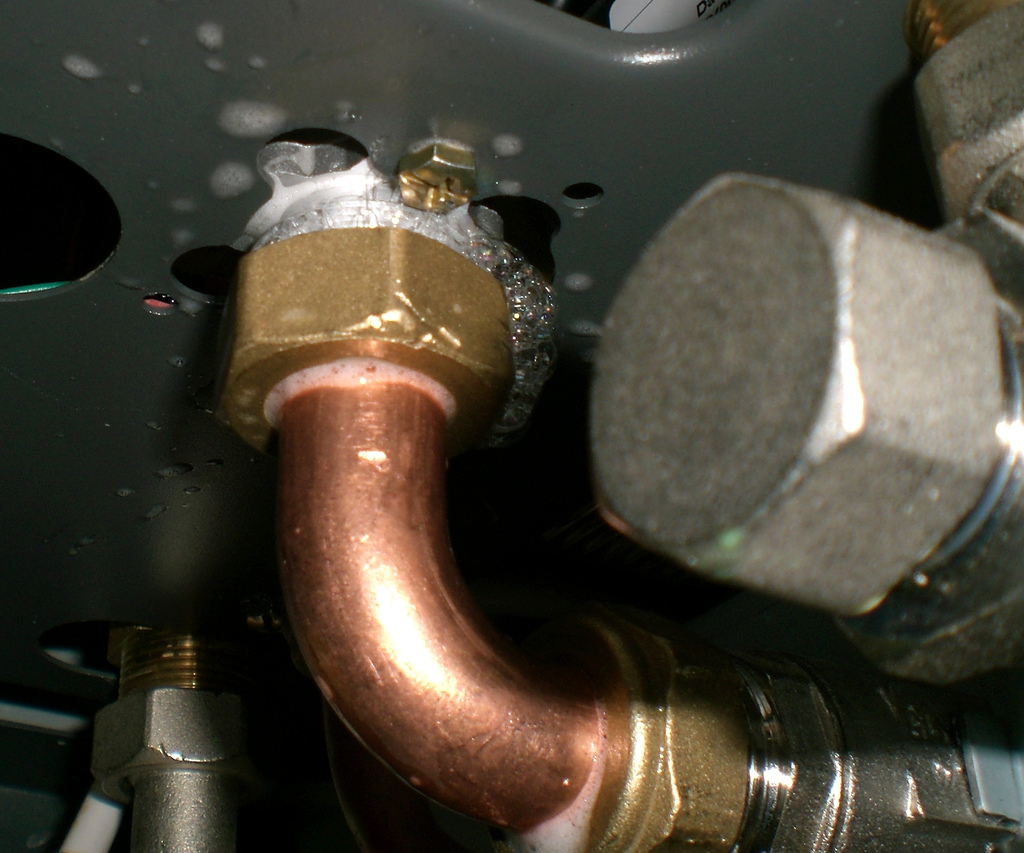
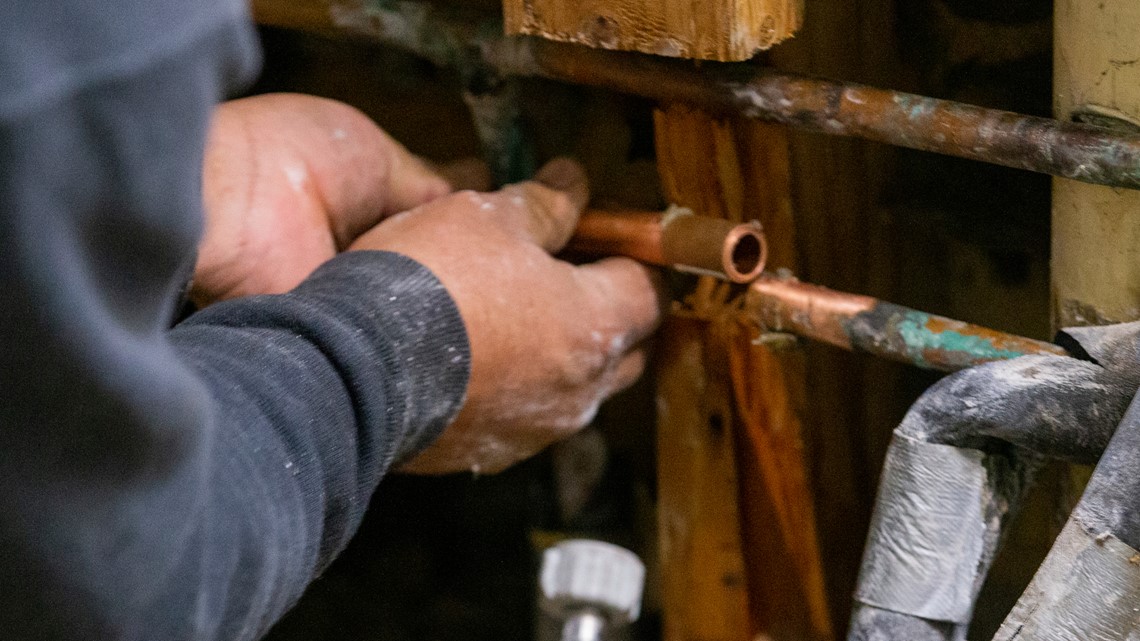
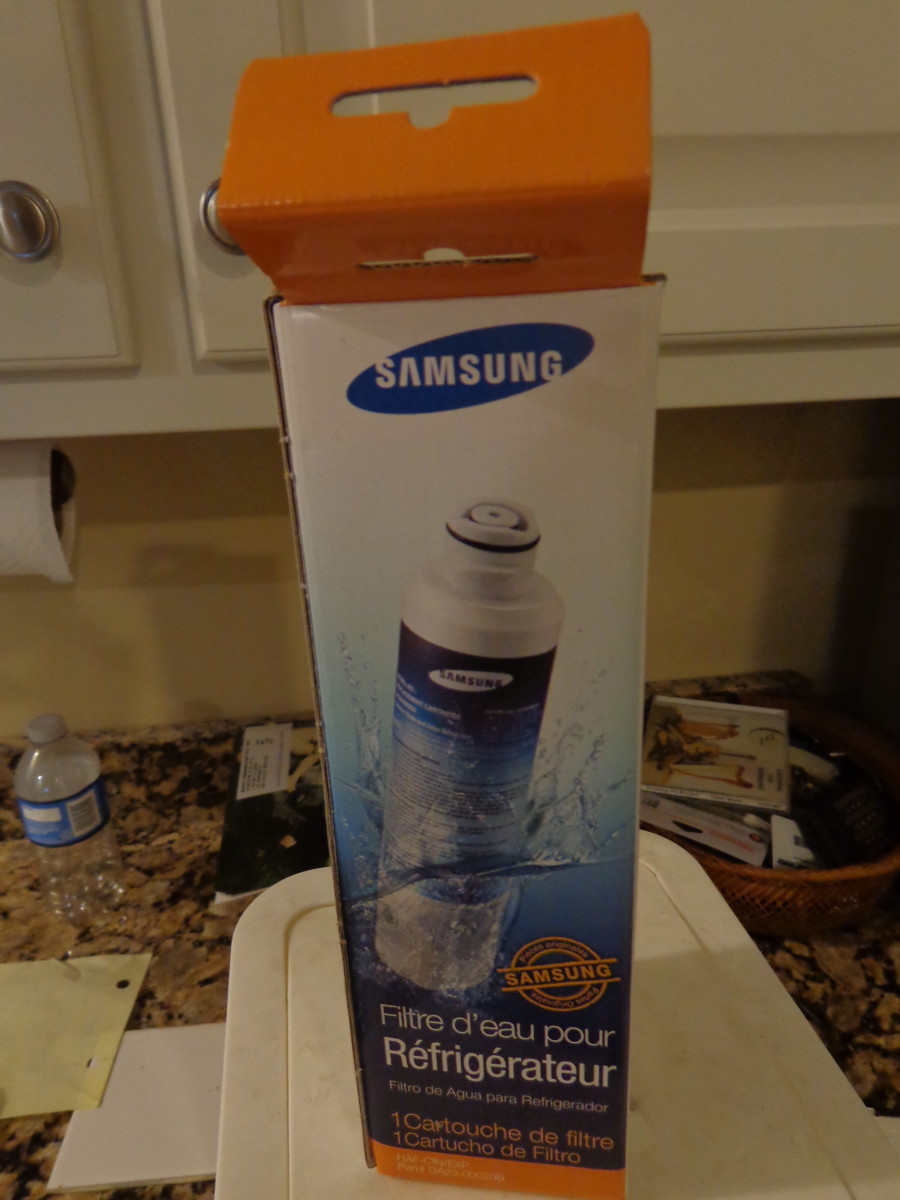
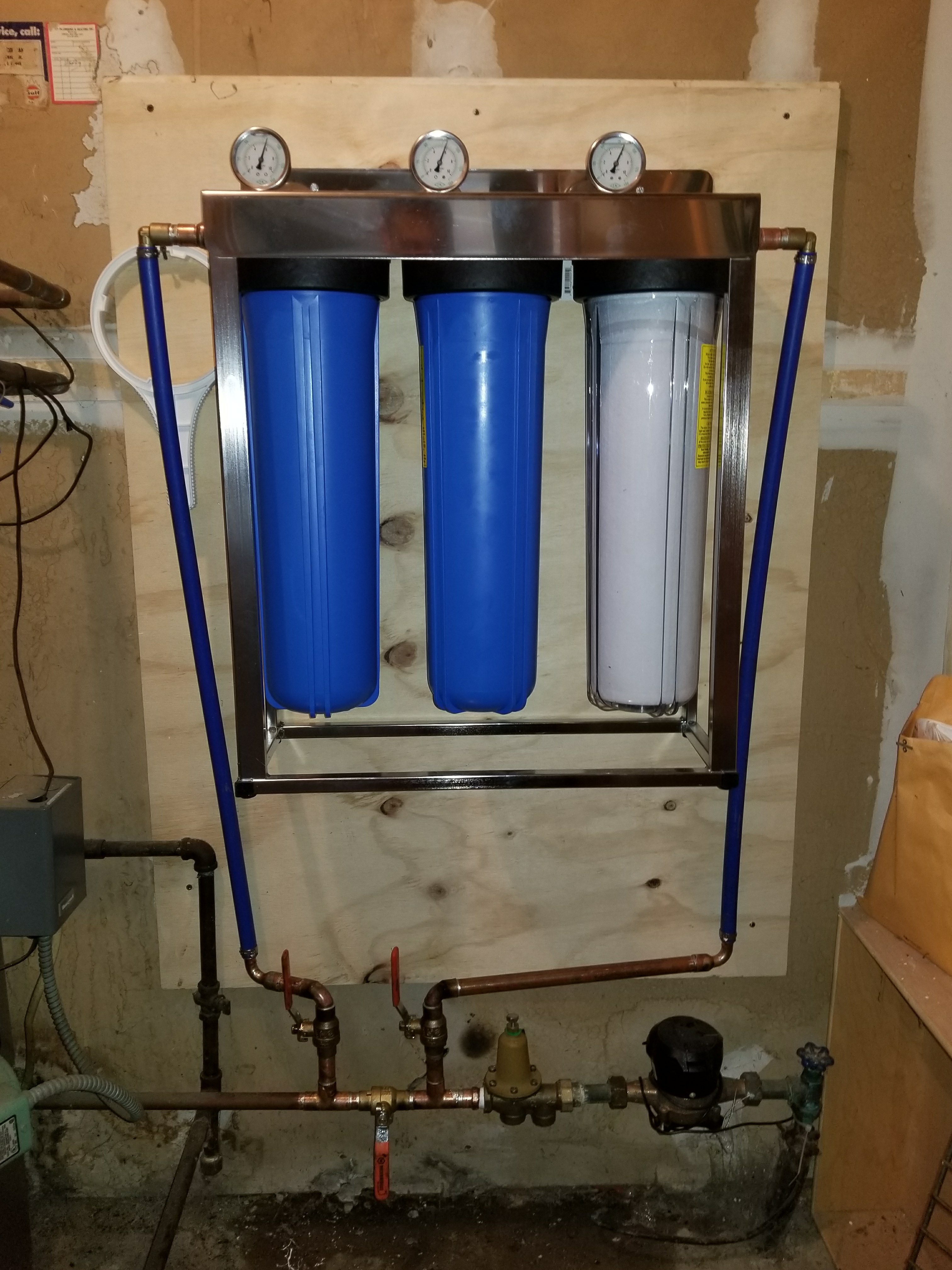
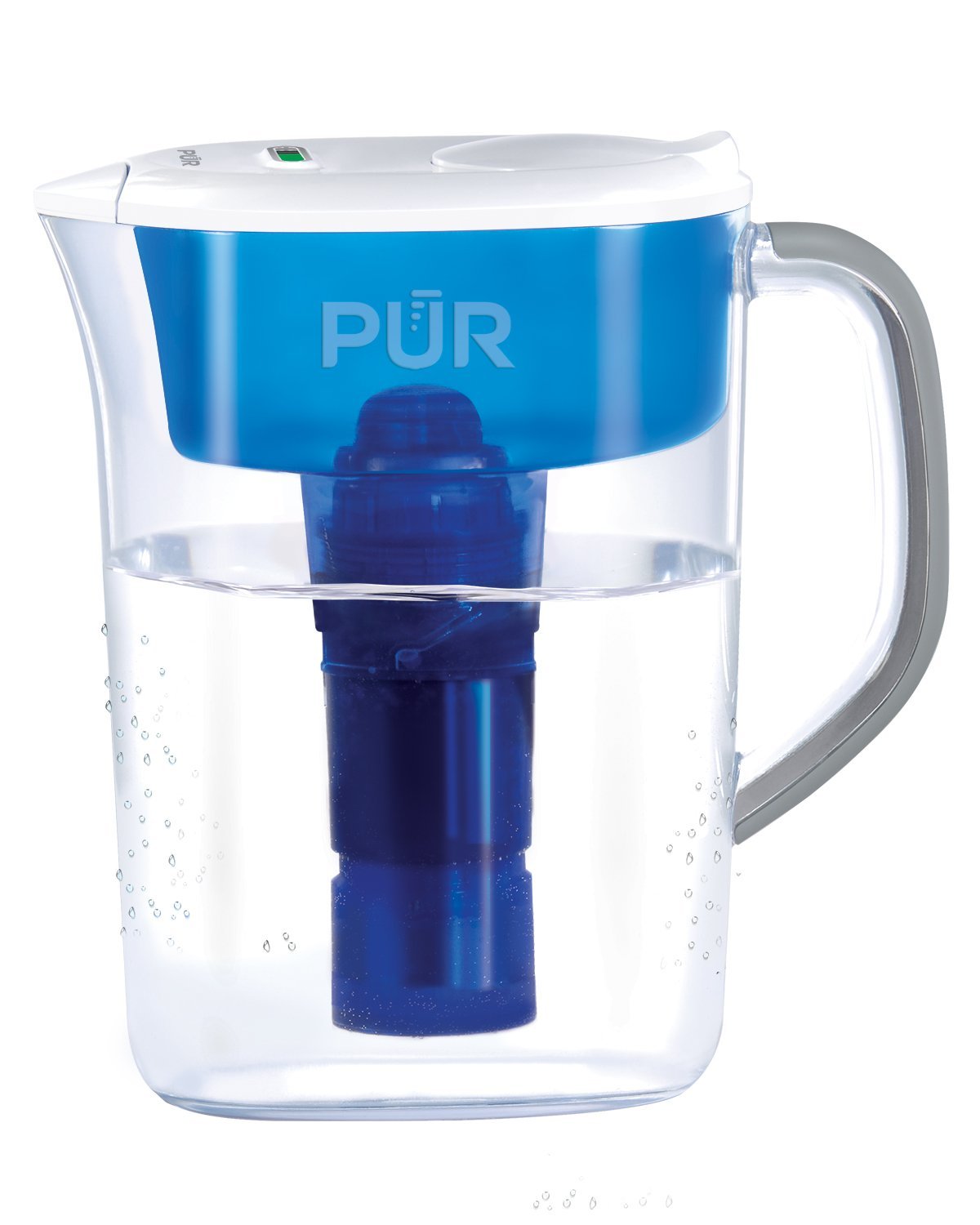



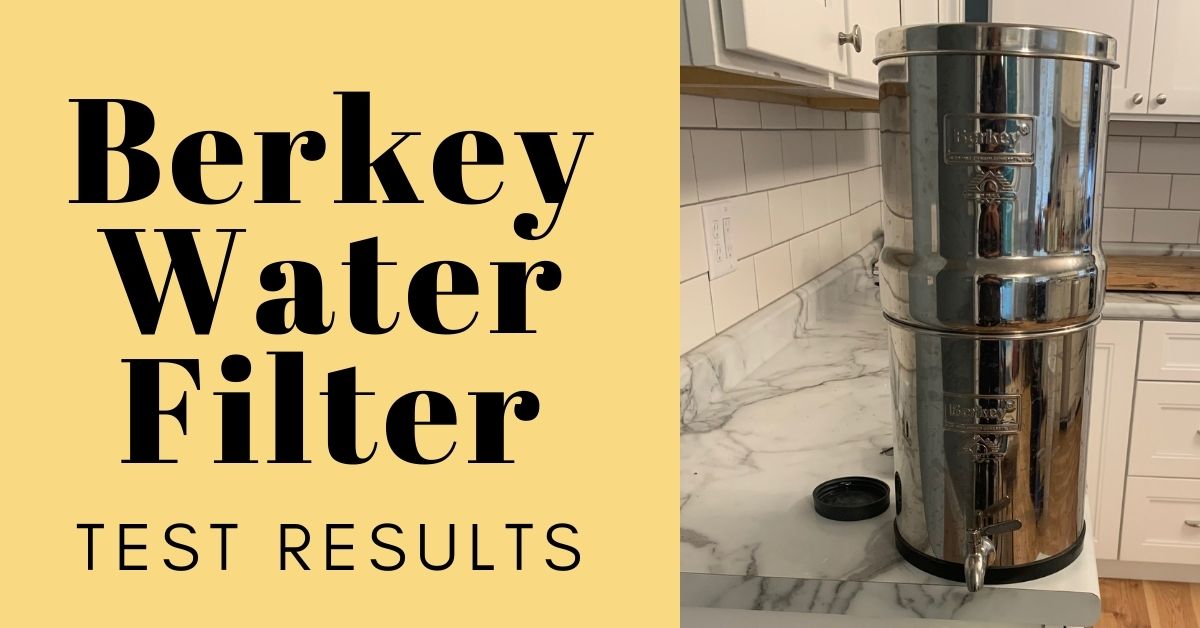
/cdn.vox-cdn.com/uploads/chorus_image/image/63879746/WaterFilter_2.0.jpg)
